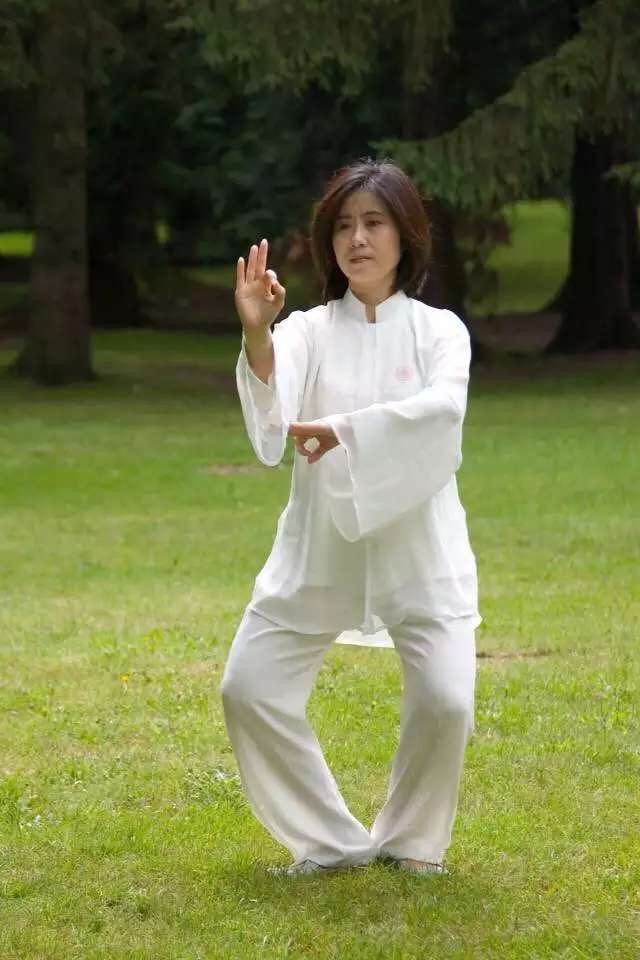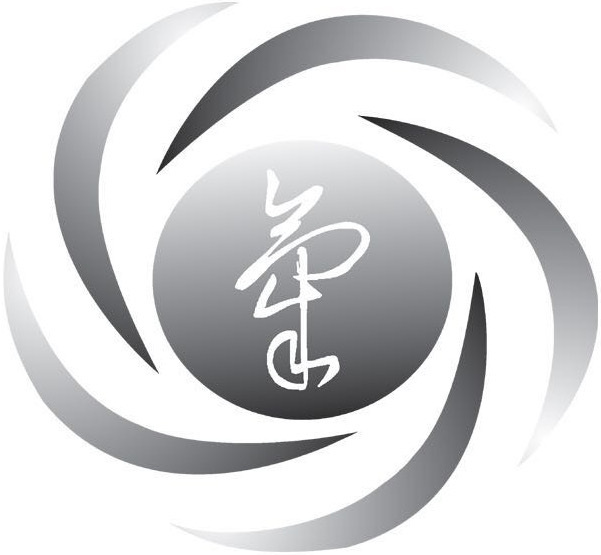
Taijiquan
Taijiquan (more known as Taichi) is not only an art but a part of Chinese culture as well. It is a form of self-defense and an effective way to improve one's overall health when practiced properly. Taijiquan trains the mind and body concurrently. The practice of Taijiquan can help one to achieve equilibrium of body, mind and enable one to "unite with the cosmos." It is helps stimulate the brain, relieving the brain of pathological excitations caused by outside/inner forces. thus helping to cure diseased resulting from the disorder of the nervous system.
Different Schools and Styles of Taijiquan
There are essentially five more popular schools/styles of Taijiquan:
Chen Style Taijiquan: Original form of Taijiquan from Chenjiajou, Henan, China. Characteristics include: jumping, stamping, bursts of strength, interleaving, twisting and turning. It is quite strenuous as the stances are generally low. This style of Taijiquan was developed based on 32 movement Changquan. Of the old Chen Style, two forms exist today: Chen form one and Chen form two(paochui): cannon fist. Chen form one is characterized as being more soft and Chen form two is more hard and frigid and is used to develop explosive power (Jing) hence the term cannon fist.
Yang Style Taijiquan: Style developed by Yang Luchan based on Chen Style Taijiquan. Later developed again by his grandson Yang Chengfu. It's movements tend to be more open, even, simple with higher postures making it one of the more popular styles of Taijiquan to learn.
Wu Style Taijiquan: Wu Quanyou developed this style along with his son Wu Jianquan based on their studies of Yang style. It is surpassed in popularity to only Yang style. It's movements are gentle, compact and executed in arcs of medium range while not incorporating any jumps and leaps.
Sun Style Taijiquan: This style was developed by Sun Lutang after studying Xingyiquan, Bagua Quan and Hao style Taijiquan. It's movements are characterized by open and closed hand techniques/methods. It's footwork is very agile and nimble advancing and retreating.
The last style is Tristar Taijiquan, rediscovered by Master Li Rong and being taught all over China. Tristar Taijiquan and Qigong are emerging as important styles in North America.
An instruction video of the first form of Tristar Taijiquan from Grandmaster Li.
Proper Technique When Practicing Taijiquan
Mind the following points when practicing taijiquan:
- Breathe naturally, Rid your mind of worldly affairs and enter a realm of calmness. The body should be naturally relaxed. The movements should go smoothly like clouds; continuously and fluently.
- Harmonious and clear movements.
- The movements follow curved lines meaning all movements are linked up and executed smoothly in a complete chain of actions.
- Coordinate hardness with softness; soft in appearance but firm inside.
Technique from Head to Toe:
- Head: naturally raised without swaying or leaning to one side, tongue touches the upper teeth palate, look forward and slightly close mouth
- Neck: naturally erect but not loose or tense
- Shoulder: balanced shoulder, relaxed and sloping, never hunched up, pulled back or slumped forward
- Chest: slightly relaxed and concaved inward, do not lean forward or backwards.
- Elbow: naturally curved, relax and don't be stiff, lowered, avoid raising above wrists
- Wrist: do not let drop, relaxed but not limp, never bend too far so the strength can flow easily to hands
- Hips: straight so strength can flow freely to the lower limbs, not twisted or sticking out
- Legs: firm and solid, knees slightly bent, flexible and free to turn and spin. weight evenly distributed between both feet.
Proper Methods of Movement:
When practicing Taijiquan, the mind and body should be relaxed and natural. Never should it be crooked or leaning in any direction. Breathing should be calm and natural. Coordination of the body is essential when practicing Taijiquan. The movements flow smoothly, lightly and slowly. One must use one's mind to lead the movements never losing one's rooting to the ground.


